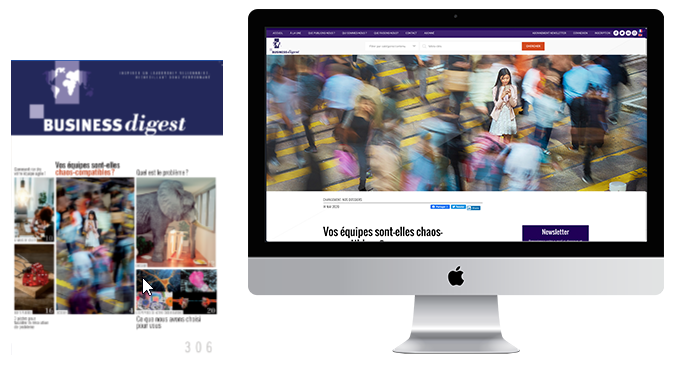Data, SWOT and sponsorship
Various types of data and indicators can be used to gauge the success or failure of a sponsorship program. Here is a handful of examples to help you measure its impact, but it’s up to you to decide which ones suit you best.
Which indicators should you use to measure the impact of sponsorship?
ChatGPT 10 seconds, Françoise Tollet 20 mins, June 2023
Sponsorship SWOT analysis
ChatGPT 10 seconds, Françoise Tollet 10 min., June 2023
- Retention rate: measures the percentage of sponsored employees who stay with their company over a set period.
- Skills assessment: use this to compare the skills of sponsored employees before and after they take part in a sponsorship program.
- Promotion rate: analyze the number of sponsored employees who are promoted to higher positions.
- Sponsor feedback: collecting comments and assessments from sponsored employees about their experiences will give you invaluable information about the program’s effectiveness and its impact on career development.
- Diversity measurement: reviewing the diversity of sponsored colleagues regarding their gender, ethnicity, etc. will help assess whether the program promotes diversity and inclusion in the organization.
- Monitor individual goals: check to see to which extent sponsored employees hit the individual development targets set together with their sponsor.
Surveys, performance evaluations, one-on-one interviews, HR management indicators, and so forth are all good resources for measuring the success or failure of a program—provided that specific metrics are clearly defined in line with the sponsorship program’s objectives and expectations.
© Copyright Business Digest - All rights reserved




